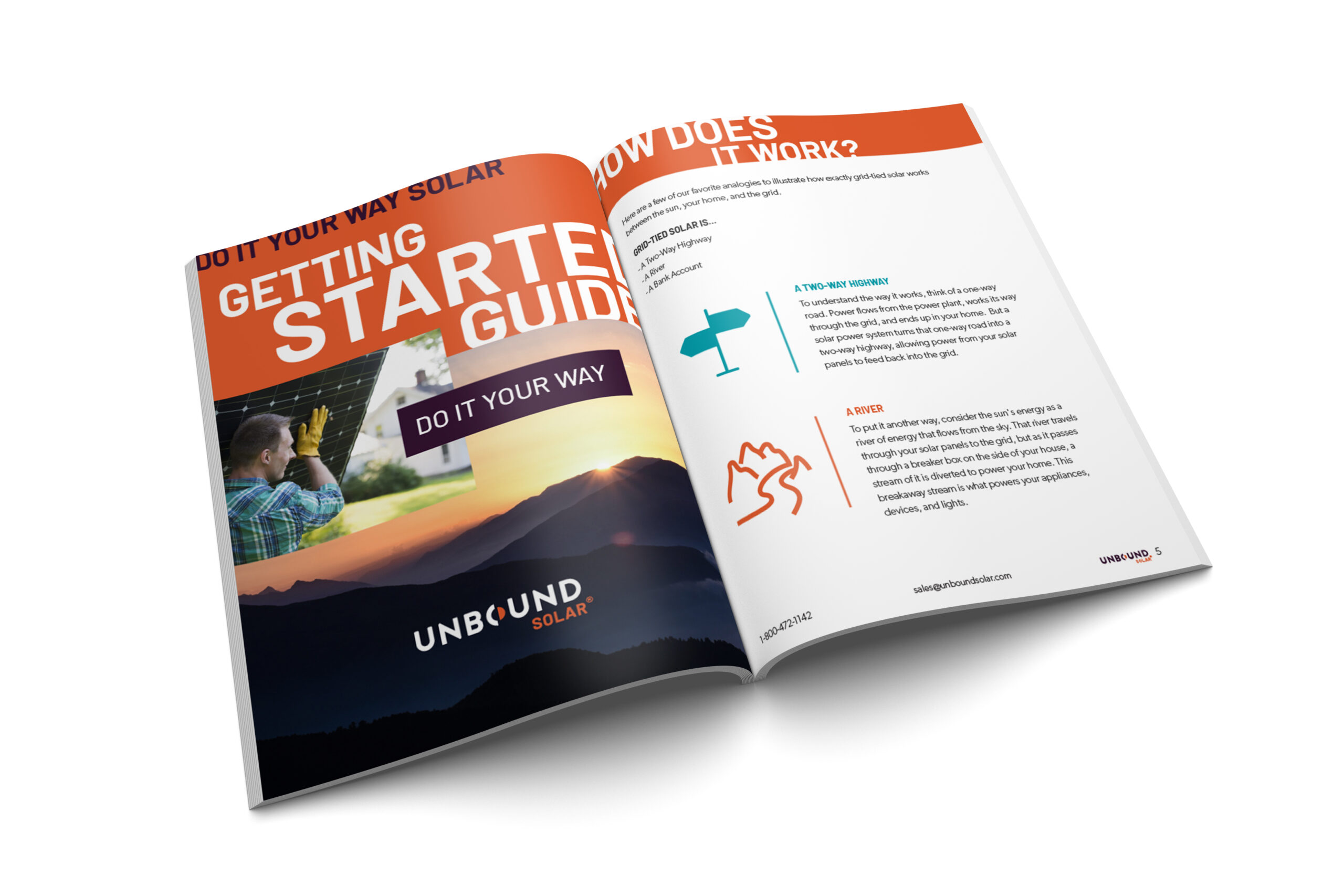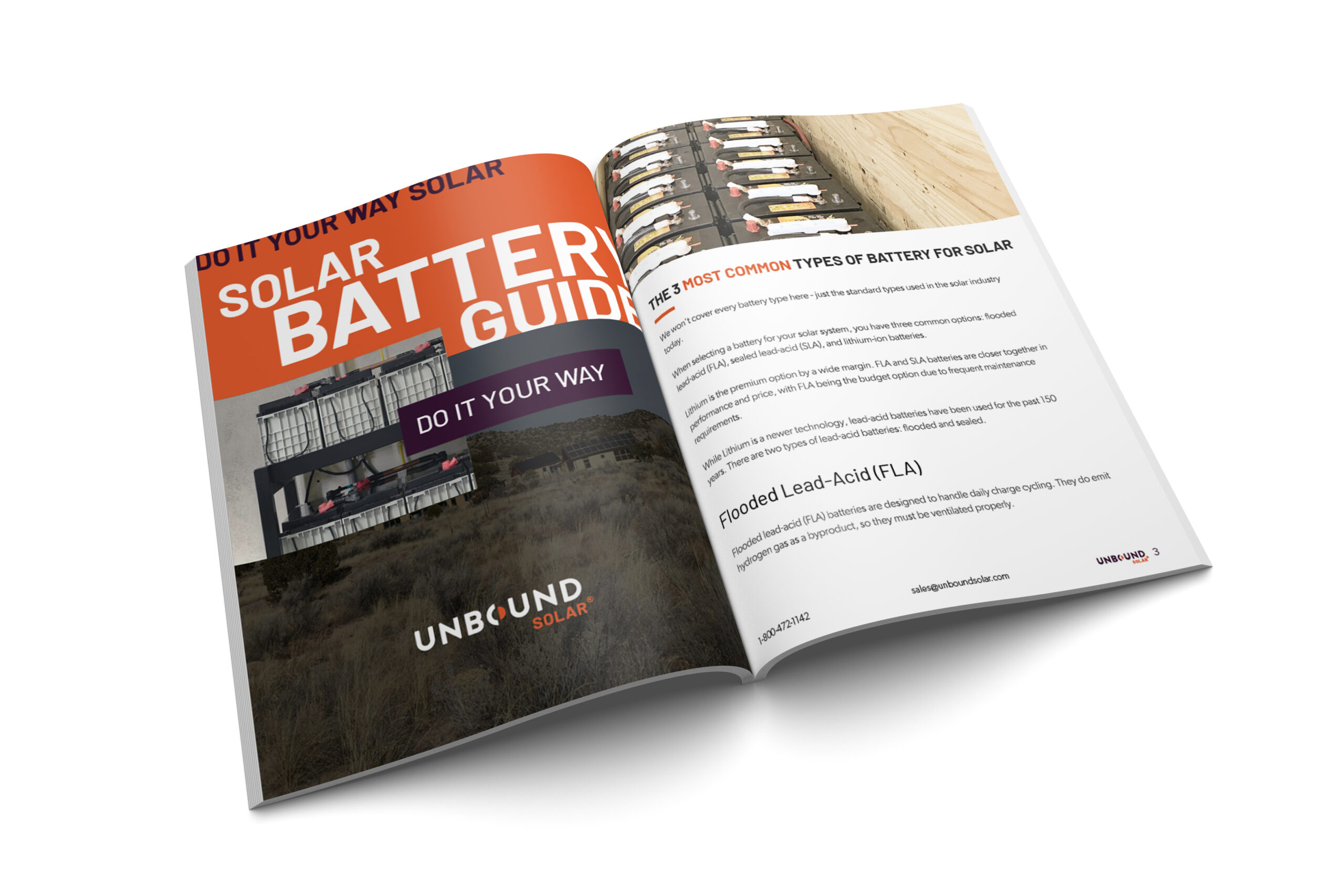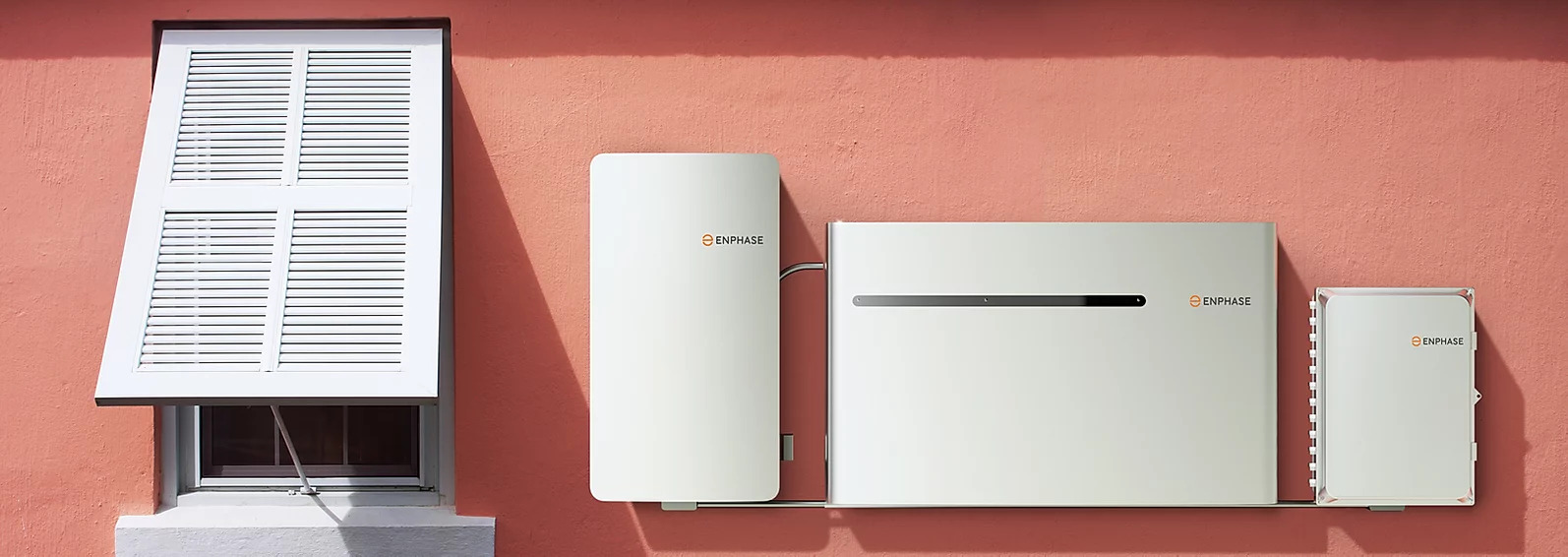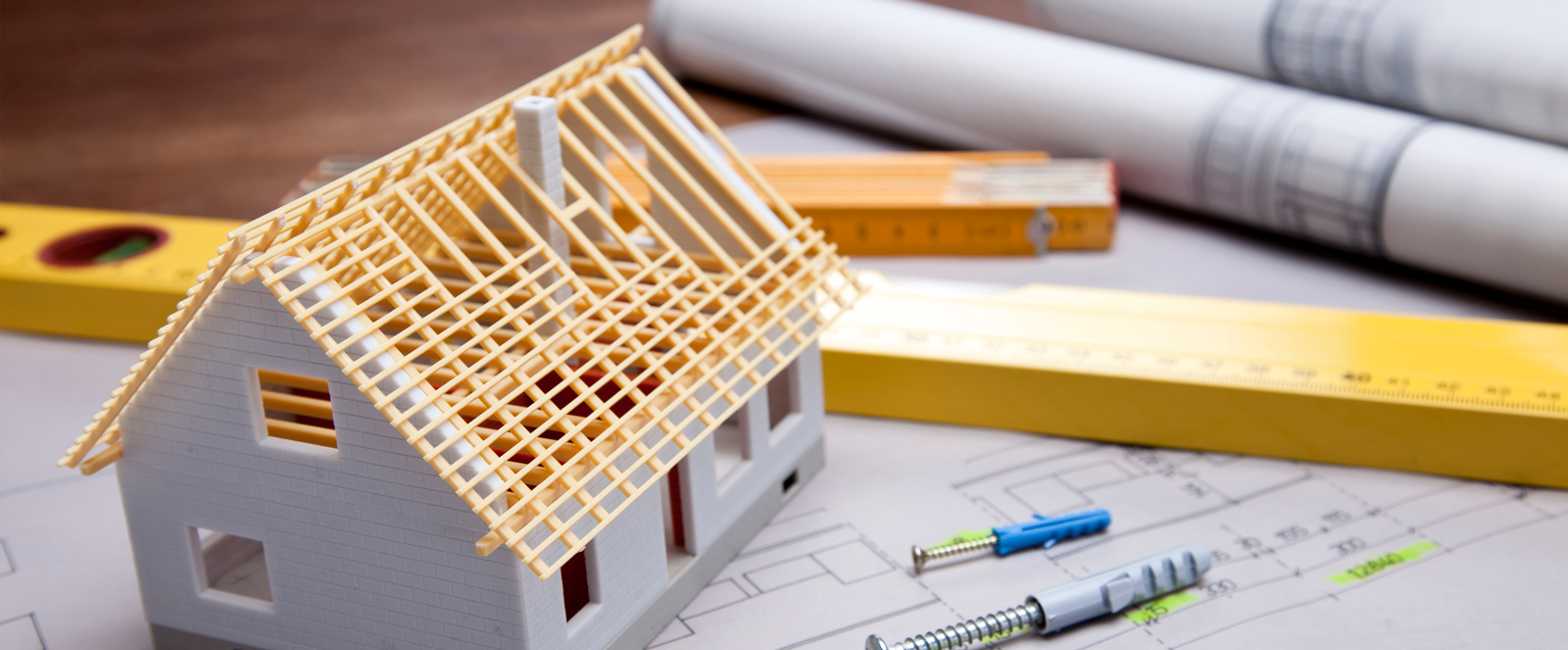There were a lot of great questions asked during the live Q&A portions of our ‘Straight Answers on Solar’ live event series that took place on March 25th and 27th, 2021.
Unfortunately, we ran out of time before we could address them all — so we wanted to take some time to answer the ones we didn’t get to here:
General Questions
Q: What does the future look like for solar panels in less sunny areas?
A: Solar technology has evolved and panel efficiency is at an all-time high. That being said, production is relative to the amount of sun you receive in general. If you live in a place that’s cloudy or an area where there’s not much sun year round, you’re most likely looking at installing additional panels to meet your power needs. It’s all about properly sizing your system.
Q: Can we buy some items and not your full kits?
A: You bet! Although our free lifetime technical support is offered for all complete system purchases, we’re here to help you with your individual components and equipment needs as well.
Q: Are the electronics in the controllers / inverters protected against EMP / solar flares?
A: The Sol-Ark inverter has an option for an EMP proofing set up. This is the only inverter that we are aware of that has this feature built-in.
Grid-Tie Solar
Q: Will my system acquire credits if the grid is down?
A: Unfortunately, the answer is no. Due to National Electric Code, when the grid is down your inverter is required to automatically shut down. This needs to happen to ensure the safety of those that are working on the lines to restore power. When this occurs, your inverter will not be exporting power, therefore you will not acquire credits during that downtime.
Q: Is there a way to get around the grid fees from the power company?
A: Typically, these are minimal fees that the power company charges to help maintain infrastructure and lines. We’re not aware of any way to avoid paying them.
Q: Is there a maximum amount of energy that can be sent back to the power company?
A: Generally, no. There are limits in your electrical panel to how much power it can process from an inverter though. THE BIG THING to note is that most utility companies will not allow an oversized system that produces
power above & beyond what you are using on average throughout the year. Most will allow somewhere between 110-120% oversize so that they aren’t being inundated with power above & beyond what you need. The power company may tell you it’s difficult for them to manage all the extra power moving through the system. The good news is that with a goal to offset your power bill, most of the time the incentive isn’t there to oversize your system.Q: What else do we need besides a grid-tie kit from Unbound Solar®?
A: We can’t answer this for other companies, but for our systems, it’s a shortlist. We supply our customers with 90-95% of what they need. Our grid-tied systems include almost everything you need with the exception of three things: conduit, wire, and maybe a junction box or two. These are things you can find easily at local stores.
Grid-Tie vs. Off-Grid
Q: Can you convert a grid-tie only inverter to work with an off-grid solar system?
A: This is not a simple answer and is something you should discuss in detail with a solar design professional. We will say that most grid-tied inverters are synchronized to shut down when the grid goes down. If you want to take your grid-tied system off the grid, it is theoretically possible…
TWO THINGS TO NOTE:
1. It can be complicated when it comes to the wiring.
2. It’s very costly. HOWEVER, if you think you’d like to add batteries to your grid-tied system in the future, the Sol-Ark inverter is a game-changer — the ability is built into its design!
Q: Can you have a grid-tie system and then have a smaller off-grid that could power certain circuits in your house?
A: Sure, you could do that — but just because you can, doesn’t mean you should. We think it makes a lot more sense to just start off with a battery backup to begin with. You can always get a backup-ready system and add batteries when it makes sense for you. It’s the most cost-effective way to go.
Battery Backup, Storage & Maintenance
Q: Is there a preferred inverter type for grid-tied battery backup systems?
A: Yes! The Unbound Sol-Ark is an all-in-one solar generator system. It’s adaptive technology offers out-of-the-box integration with grid-tie, off-grid, hybrid, and battery backup systems:
- Uninterrupted backup power
- Compatible with a wide range of lithium and lead acid battery manufacturers
- Supports peak demand shaving
It can function as a grid-tie inverter — with or without batteries. Add energy storage right away, or wait until later when the time is right for you.
Q: Fluid filled battery vs lithium?
A: There are a lot of things to consider when purchasing a battery bank for renewable energy, including battery bank voltage, capacity in amp-hours or kilowatt-hours (the latter is growing in popularity), and chemistry (among other things).
Lead acid batteries are nearly 100% recyclable and have been proven in the energy storage industry over the last several decades. The majority of all renewable energy technology is centered around charging and discharging lead-acid batteries. It is fantastic to know that a lot of the equipment can be used with other battery technologies such as lithium, but it’s important to know that in almost all cases, it was an afterthought to substitute lithium batteries for lead acid, so there are a few pitfalls and shortcomings as lithium technology is integrated into the renewable energy market.
Not all of the lithium engineers are familiar with renewable energy, and not all of the renewable energy manufacturers are familiar with what lithium options are available. To this end, there is a bit of a disconnect on how to successfully integrate lithium cells into a renewable energy system, and sometimes the end user and/or the installer are left wondering how to make everything work smoothly.
The truth is that Lithium batteries as they exist now in the the spring of 2021 take the same amount of research, monitoring, tweaking, and effort as a lead acid battery bank, if not more effort and tweaking. The slightest mistake in wiring or programming can still destroy the entire bank of lithium batteries — and then you’ve got a mistake that cost three times as much as if you accidentally ruined a bank of lead acid batteries. Plus, warranty coverage isn’t an option in either case if the programming isn’t correct and the best practices aren’t followed closely.
With that said, lithium batteries are making advancements in the industry very quickly, and when properly deployed, their cycle life is indeed more than three times that of an equivalent lead acid battery bank. So they are worth the investment, but they still take careful programming.
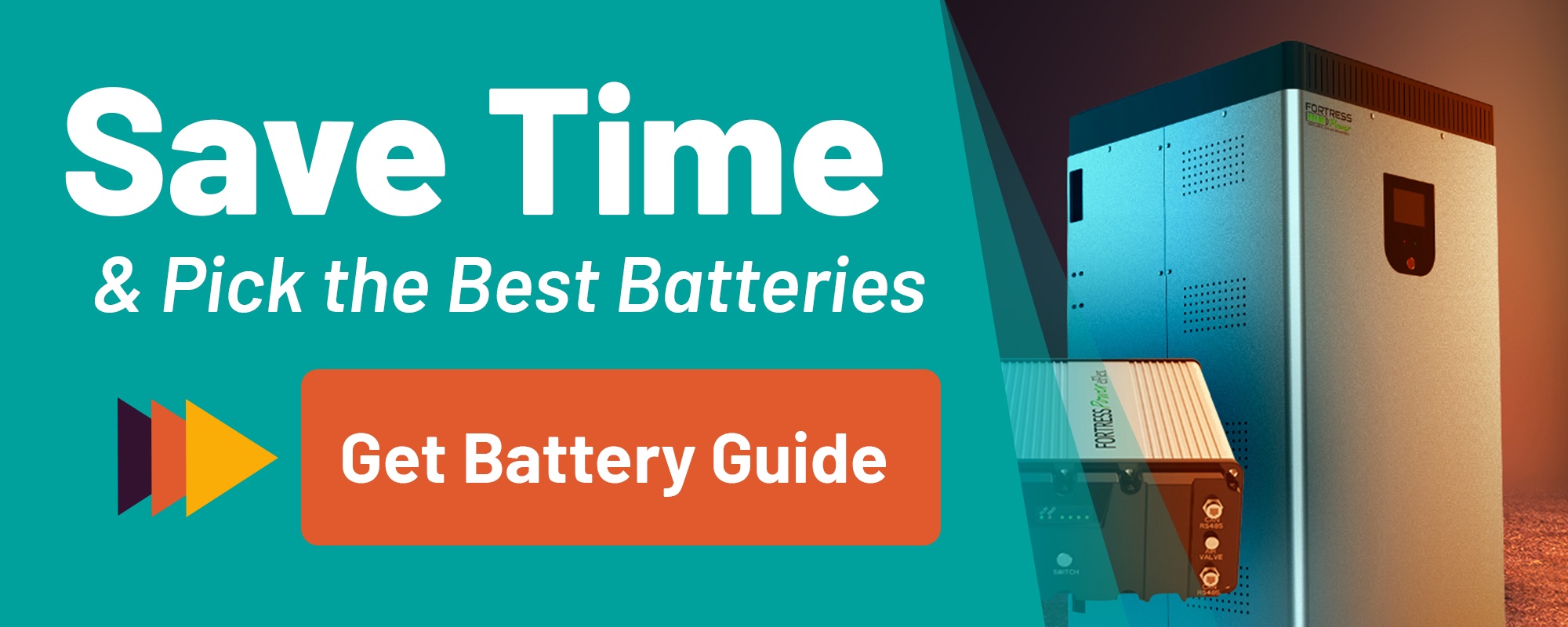
Q: If I add batteries to my grid-tie system, I would prefer to put the batteries in the garage, but the circuit breaker box is on the other end of the house. Would a 6 gauge cable suffice? I added a 6 gauge circuit to the garage for 240v EV charging to the circuit breaker box. The attic space is extremely tight, so prefer not running a new circuit.
A: Well, this really depends on how large the inverter output is and exactly how long it is across the length of your house. If it was less than 100 feet and the inverter output was 50 amps or less I think a #6 wire would suffice. Though you might deal with a little power loss in the line. That just is what it is.
Q: How is a bad or weak battery found in a system using battery storage?
A: The simplest answer is that a problem with your batteries can be discovered through a drop in voltage for the entire battery bank. Keeping a voltage log is the best way to monitor your batteries’ performance so you can monitor any changes. You will know when the voltage is not what you expect. If you suspect there may be an issue due to a power issue — maybe you turned on your microwave and all of your power went out —this is a good time to check your battery voltage to zero in on where the problem is.
Q: Can I use an electric car battery as an energy storage solution?
A: When it comes to backup power for your solar system, the answer at this time is no. The main issue is that the electric car battery is a high voltage battery and it varies from car to car. Battery inverters typically operate at 12, 24, or 48 volts. There’s not a battery inverter that can work with a high voltage car battery. Down the road, using your car as a backup energy source could be a reality. When it comes to incorporating this with solar to make it compatible, we’re just not there yet.
Q: Can you touch on battery boxes with ventilation needs e.g. acid vs lithium (heated)?
A: Lead acid batteries have got the potential to off-gas hydrogen and water vapor as an acrid and explosive mixture. Sealed lead-acid batteries will only vent under duress (i.e. being overcharged or over-discharged), but flooded batteries will vent this mixture of gases and vapors during normal charge cycles, which is why they are required to be vented to the outside. Hydrogen is way lighter than air and will displace oxygen and nitrogen and everything else in the air to get to the highest point.
For that reason, the vent needs to be on the highest point of the battery enclosure and needs a good passive exit to the outside, even when vent fans are used. AGM and Gel batteries are technically lead-acid batteries and are often required to have the same ventilation system as a flooded battery bank (remember flooded ones have the caps you can add distilled water to). Powered vent fans are often used that will turn on anytime the battery bank is charging.Once you move to lithium batteries, the lead-acid ventilation requirement is gone and there are no existing codes or requirements or even recommendations for ventilating a lithium battery for any reason. Maybe for keeping the core temperature down in extreme circumstances and unusual deployments. Think boats and military style applications… they might fit the battery into a smaller enclosure than is required and have to actively ventilate it, as an example. It’s still a great idea and a requirement nearly everywhere to enclose the batteries in a way that the terminals and wiring aren’t accessible by anyone other than the power plant manager for safety.
Q: Can you add more batteries over time to an off-grid or even a grid-tie battery backup as your budget allows?
A: This is a great question, and the answer is a bit more complicated than just a few sentences — but we have a great blog post about it that you can find here!
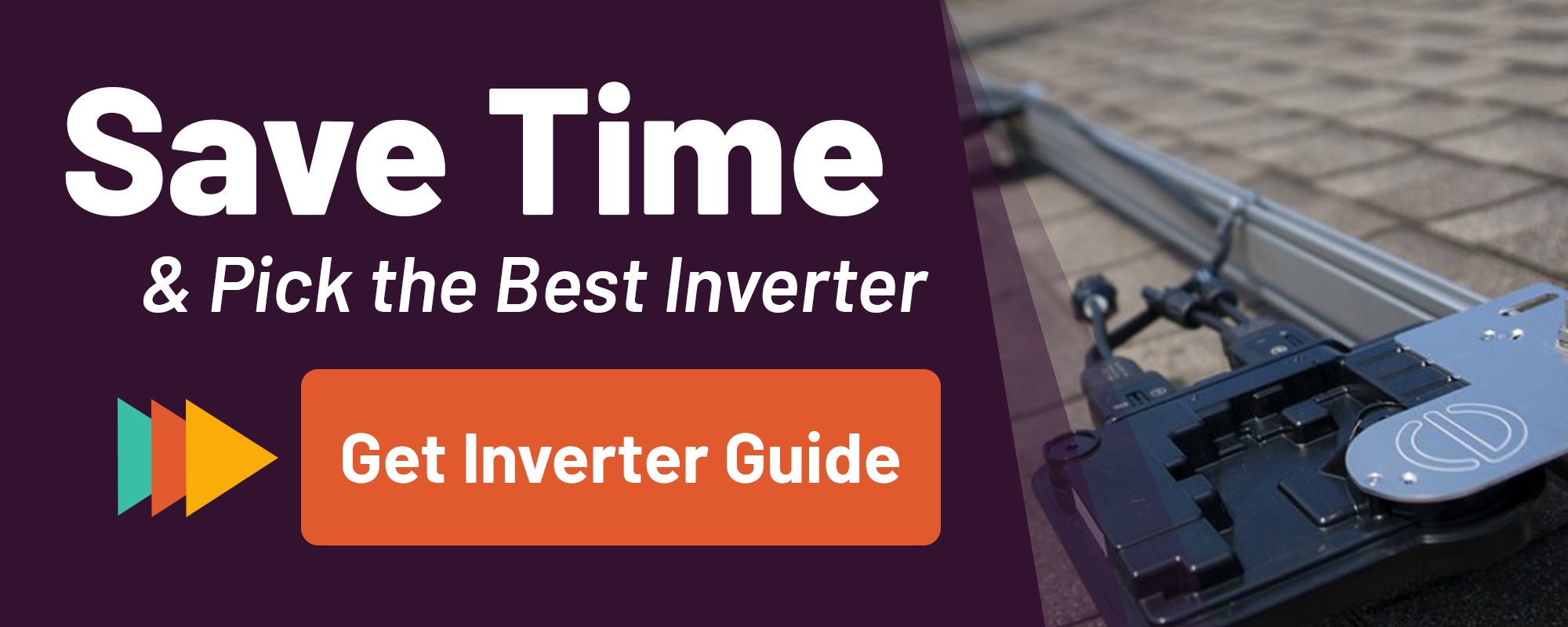
Generators
Q: Is there a grid-tie/generator system type?
A: Absolutely! While you may not see a grid-tie package include a generator on a lot of solar companies websites, they can most certainly be added to the overall purchase assuming that the company you choose to work with has generators for sale.
Often times people will install a grid-tie system because they love the return on investment that comes with it, but they also want to be able to have power supplied to a few critical appliances in the event there is an outage. For the most part, where batteries are involved at least, saving money and being independent from the grid are mutually exclusive when it comes to solar… even if you are only looking to be independent for a few hours. Installing a natural gas or propane generator as a backup system is a much more cost effective solution to achieve independence. It just depends on what makes the most sense for you, what you are willing to accept as a trade off, and ultimately what is going to give you the most peace of mind.
Q: How does it work with a backup generator?
A: There are safety features that are incorporated into the design of grid-ties systems that have generator backup that will isolate and protect the inverter when the generator turns on.
Permitting
Q: Do you provide design and permit assistance, so we have the proper paperwork for DIYers?
A: The answer is 100% YES! We will design your system for free, supply you with a full permitting plan set, help you through the net metering applications and provide all the documentation you need.
Q: If you only plan to build let’s say half of panels and upgrade down the line… do you get a permit for the full system or half and then need another permit to upgrade?
A: If you‘re not planning to install a full system all at once, most likely, you will need a separate permit for each phase of your project. Typically, to pass inspection, the inspector will be looking at what was approved in your permit and will be expecting to see the project completed. Laws vary, so this is something you should discuss with your local authority before you start the permit process.
Return on Investment
Q: When you said 5 to 8 years to pay off, is this average related to grid-tie no battery?
A: A grid-tied system can pay for itself in around 3 to 6 years for DIY projects. Click here to learn more about how to calculate your ROI.
Leasing
Q: I had a grid-tie system 8 years ago in Colorado. We received a small “discount” on our power from the Utility but actually paid “Solar City” for our power. It sounds like things are different. Does it depend on State to State, or even Utility companies?
A: There are different business models out there and it sounds like what you’re referring to here is a company that you leased a system from. Leased systems are not as common as they used to be.
Here at Unbound Solar®, we sell the equipment so our customers own it outright. We support our customers to “Do it Their Way” by offering a variety of approaches to manage and install their system. We don’t recommend leasing a solar system and we’ve got some great information in this article that tells you why. Click here and learn more: Solar Power Purchase Agreement: Solar PPAs vs. Leases
Tax Credit & Rebates
Q: Do you not receive tax credit/rebate for doing off-grid which will lower or offset the cost for off-grid systems?
A: Absolutely. To learn more about the Solar Tax Credit, click here.
Misc. Questions
Q: Do you have local dealers in Texas?
A: We work with folks all over the country and offer a variety of approaches so our customers can Do it Their Way! We will design a system for free, no matter where you live, and we deliver it to you with best-in-class, secure shipping.
Q: My farm has 4 different meters, would I need to put a system to each meter?
A: This is a good question. You’ll need to talk to your power company and ask them if they will allow you to “aggregate the meters”. This means that they would allow you to connect 1 big inverter system to one of the meters, and then the power company would apply the overage from this one meter to the other meters on the property, thereby reducing the bill on all of them. If they say no, you would need to design a properly sized system for the consumption of each meter and connect to each meter individually.
Q: Can you design a system for a new build project?
A: We sure can! We’re able to create 3-D models and design a system based on your design.

